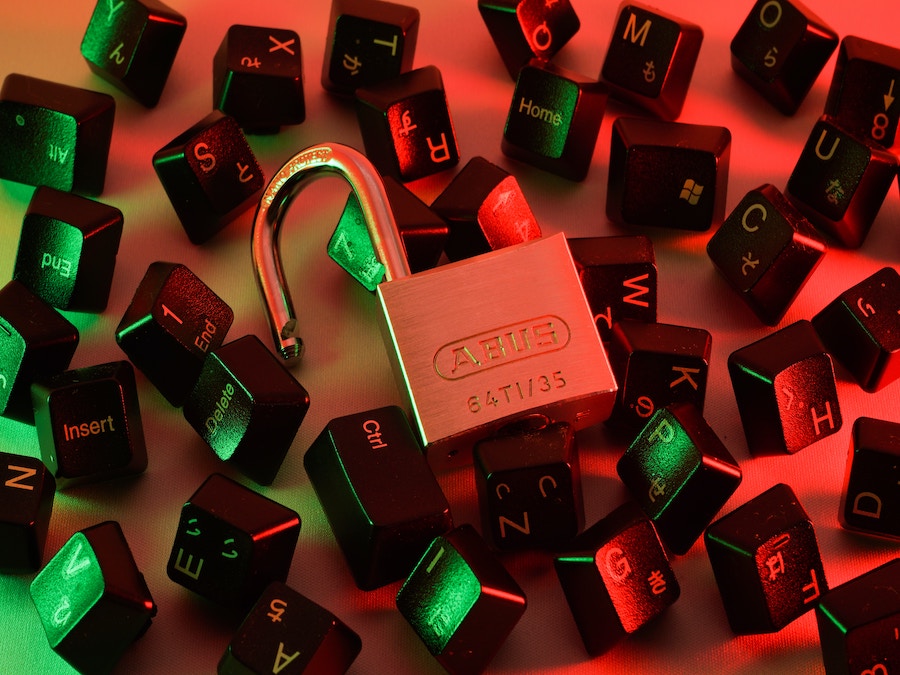In today’s digital world, scammers have moved from traditional methods to social media platforms such as LinkedIn and Facebook. On these platforms, criminals take advantage of the public’s trust to engage in various forms of fraudulent behaviour. The Hong Kong Computer Emergency Response Coordination Centre (HKCERT) herewith provides some ways to prevent fraud and protect users’ personal information and assets:
- Be cautious of contact with strangers
Social media enables people to connect with others around the world easily. However, this also provides opportunities for scammers. If users receive contact from stranger accounts, especially those who suddenly show strong interest or offer attractive job opportunities, HKCERT suggests collecting strangers’ personal information to determine the credibility of their accounts. Users should also regularly review their accounts’ privacy settings, update their privacy and security settings*, or set the visibility of their accounts to the public to ensure the safety of their personal account privacy.
- Do not share sensitive information
Users should not share personal information, such as bank details and passwords, with anyone on social media platforms such as LinkedIn or Facebook. When falling into the wrong hands, this information could be used for identity theft or financial fraud.
- Identify scam signals Criminals typically exhibit certain behaviours when targeting users. For example, they may be eager to establish an intimate relationship or offer seemingly attractive, yet false, job or money-making opportunities. They may also pressure users to take immediate action or request transactions through informal means. It is important to remain vigilant about these behaviours and to contact the administrators responsible for the relevant platform if necessary.
- Apply multi-factor authentication
Multi-factor authentication (MFA) is an effective method for enhancing user account security. MFA requires users to provide two or more verification methods, usually the user’s password and a one-time verification code. This prevents scammers from accessing users’ accounts even if they obtain the users’ passwords.
5. Report suspected fraudulent behaviour
If users suspect they may be a target of fraud or they have been scammed, please report the incident to HKCERT, relevant social media platforms, and law enforcement agencies. Such organisations can help users take appropriate action and prevent others from becoming victims.
In summary, the public must recognise that social media platforms can also be targets for criminals and take appropriate preventive measures. Only in this way can we enjoy the convenience of social media while protecting our personal information and cyber security.

Source: HKCERT




